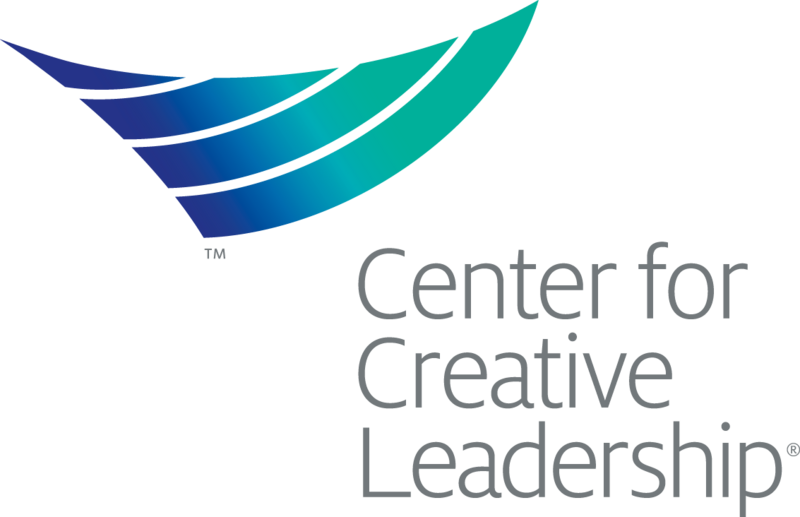ATD Blog
3 Steps Organizations Can Take to Support Emerging Leaders
Tue Nov 02 2021

With the shift to remote work brought on by the COVID-19 pandemic, young professionals now have broader access to a wider range of job opportunities. At the same time, emerging leaders face unprecedented number of challenges in a changing world where disruption and uncertainty have become the norm. These realities pose an opportunity for organizations to create work environments that will attract, retain, support, and engage emerging leaders in the long term.
How can organizations provide young leaders with the support they need to reach their potential and maintain that support throughout their career trajectories? Consider these three steps, which benefit both young leaders and the organization as a whole.
Step 1: Reduce and Reframe Potential Barriers
Research from the Center for Creative Leadership (CCL) suggests that young professionals can be discouraged from stepping into leadership roles by a combination of personal, structural, and cultural barriers. For example, young professionals may be deterred from pursuing leadership roles because they worry that leadership will bring unwanted stress, lack a work-life balance, and take away valued activities.
Fortunately, organizations can create proactive steps to reduce and reframe these barriers for emerging leaders. One way is to encourage and model practices that foster resilience, which helps emerging leaders manage and reduce the stress leadership can bring. It’s important that organizations identify resilience as a critical workplace goal and reinforce that message with workplace practices that foster individuals’ resilience.
Another way is to take the risk out of risk-taking. Set an example of having established leaders share their own challenges, including mistakes they’ve made. This transparency can make it clear that missteps aren’t career-breakers, but instead are a part of any leader’s journey and an opportunity to deepen learning.
Newer leaders may also benefit from scaffolded development experiences that meet them where they are while providing support and challenge—rather than promoting promising young professionals and assuming they’ll know what to do next. By identifying and addressing potential barriers, organizations can help make leadership more accessible and engaging for all employees.
Step 2: Align Employee and Organizational Values
Many of today’s young professionals want their organization’s values to align with their personal values. Help them find personal meaning in leadership roles by showing them how leading in your organization may relate to their personal goals, sense of identity, and greater purpose.
This alignment begins with defining and clearly articulating your organization’s purpose and making sure each team member understands how their role helps bring that purpose to life. But don’t assume you know what matters to your employees, allow them to reflect on their individual “why,” and help them connect that greater purpose to their work tasks. Make time and space for employees to share their values and create their own connections to your organization’s mission.
To further engage young employees, find meaningful ways to give them a voice—like inviting them to meetings where decisions are made or setting up employee resource groups—and make sure they can see the actions or changes that arise from their recommendations. Also, consider personalizing development opportunities so emerging leaders understand how their performance connects to your organization’s success.
Step 3: Provide Equitable Access to Opportunities
Multiple studies have indicated that diverse teams help organizations and employees thrive. They’re more resilient, innovative, and higher performing. However, leadership and development opportunities remain inequitable for young people.
Where can you start to take action toward making opportunities available for all employees? First, broaden your perspective of diversity to consider social identities beyond gender and race. There’s a range of differences that can set people apart, including sexual orientation, financial stability, ability status, and varying cultural, social, and life experiences.
Then, look for impactful ways to identify and counteract the systemic and structural barriers that might stand in the way of recruiting and hiring. Structural inequities can also impact access to networking opportunities, stretch assignments, and promotions. Make access to flexible learning and development options available to employees at every point in their career journey—in the format that makes the most sense for them—and do not limit these opportunities to just high-potential employees.
Looking Toward the Future
The COVID-19 pandemic has altered the workforce in a way that will have ripple effects for years to come. Future-focused organizations realize that this time also provides an opportunity to reflect and reconsider their approach to supporting the leaders of tomorrow. By acknowledging next-generation workers’ experiences and aligning with their values, we can create workplaces where leaders are invested in their role and empowered to help you move your organization forward.
Explore the full findings from CCL’s research with more than 10,000 young leaders across 28 countries in the report It’s You, Not Them: Why Emerging Leaders Need Your Support to Succeed.
You've Reached ATD Member-only Content
Become an ATD member to continue
Already a member?Sign In

